Page 85 • (1,172 results in 0.024 seconds)
-
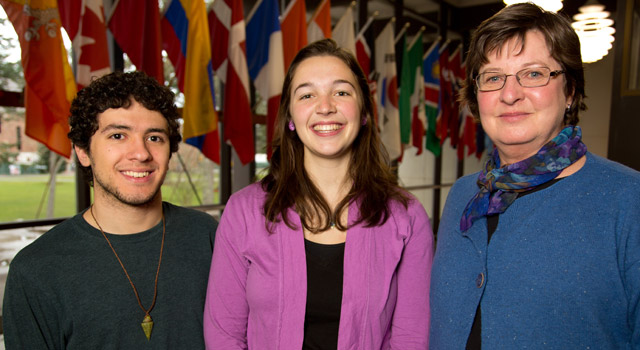
Editor’s note: Speakers from the Nobel Peace Prize forum will be livestreamed at three events March 8,9 and 10 on-campus at PLU. Bruno Correa ’15 and Anna McCracken ’14 will represent PLU as Peace Scholars, accompanied by Claudia Berguson, the Svare-Toven Professor of Norwegian and…
streamed at 1:30 p.m. in the Scandinavian Cultural Center. Faculty-led discussion will be led by professors Matt Smith (biology) and Gina Hames (history). March 10: Finally on Sunday, Nobel Laureate Tawakkol Karman, a Yemeni journalist will talk about safety and the rights of women and children in Yemen. She will be live streamed at 1:30 p.m. in room 133 of the Anderson University Center. She is the first Arab woman and second Muslim woman to win the Nobel Prize. Faculty-led discussion will be led by
-

TACOMA, Wash. (March 19, 2015)—Author, professor and cultural geographer Dr. Carolyn Finney is the keynote speaker for the 2015 Earth Day Lecture at Pacific Lutheran University on April 21. Finney’s lecture, “ This Patch of Soil: Race, Nature and Stories of Future Belonging ,” is…
Day Lecture is sponsored by the Office of the Provost, Anthropology Department, Associated Students of PLU, Biology Department, Center for Community Engagement & Service, Diversity Center, Economics Department, Environmental Studies Program, Global Studies Program, History Department, Philosophy Department, Residence Hall Association, Women’s Center and Women’s and Gender Studies Program.Earth Day Lecture 2015 What: Dr. Carolyn Finney presents the 2015 Earth Day Lecture, This Patch of Soil: Race
-
Pacific Lutheran University and President Allan Belton are excited to announce Mike Snyder as the new Director of Athletics and Recreation, following a national search. “I’m thrilled to welcome Mike to the Lute family,” said Belton. “He brings proven experience and an exciting vision for…
experience on and off the field that we’ve come to expect at PLU.” Snyder’s first day on the job will be June 15. Read Previous Q&A with Biology Major Brandon Nguyen ’21 Read Next Teaching in the Pandemic: How Three Teachers Made the Best of an Unprecedented Time COMMENTS*Note: All comments are moderated If the comments don't appear for you, you might have ad blocker enabled or are currently browsing in a "private" window. LATEST POSTS Caitlyn Babcock ’25 wins first place in 2024 Angela Meade Vocal
-
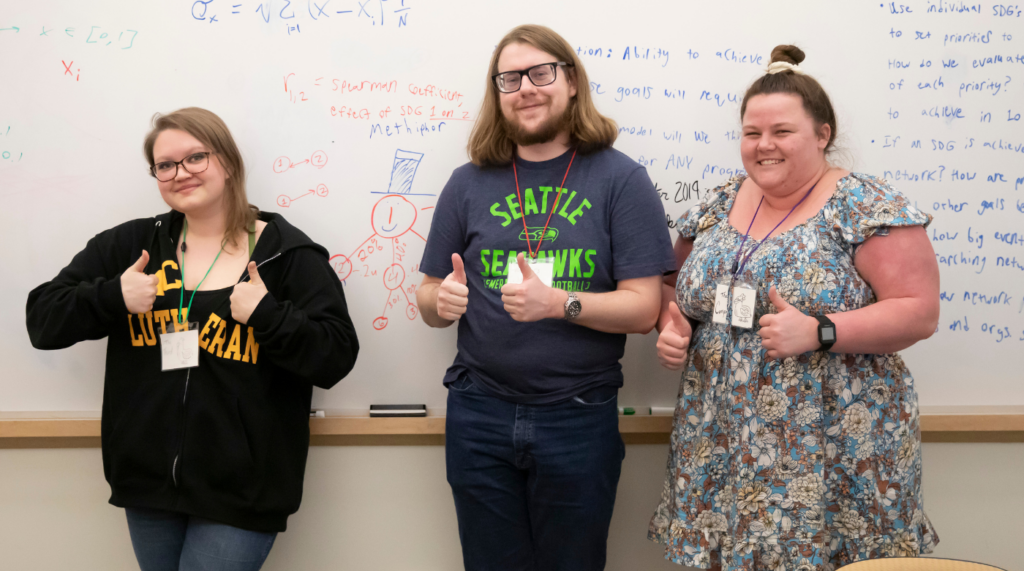
Each year, around 10,000 teams participate in The Interdisciplinary Contest in Modeling , an international contest where teams of undergrad students have 99 hours straight to create a mathematical model addressing a complex social or scientific issue. Each year, the top awards go to large…
covers the modeling process and techniques, then asks students what they’re interested in. “It’s an ocean of knowledge,” she said. “You can pretty much model anything.” In her own research, Zhu uses math to understand underlying mechanisms in developmental biology, such as pattern formations in butterflies, the kind of unexpected application that opens students’ minds to possible connections—not only between math, physics and computer science, but also the life sciences and humanities, connections
-
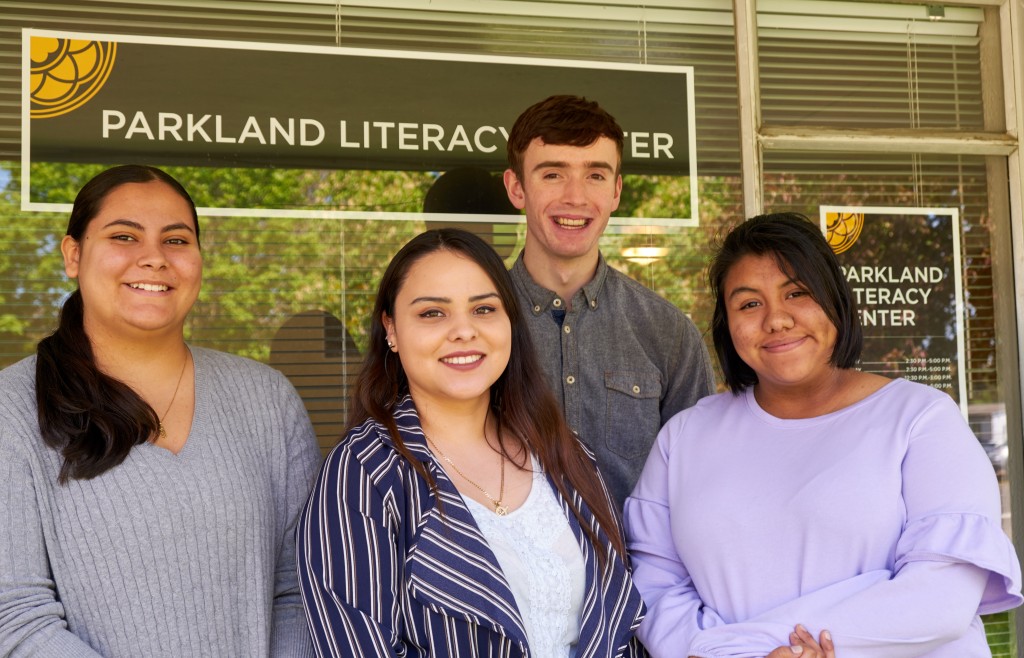
The Parkland Literacy Center (PLC), created in 2018 by English Writing Professor Scott Rogers and Hispanic Studies Professor Bridget Yaden, is located on the western edge of PLU’s campus. The PLC, as it’s called, offers after-school tutoring in all academic subjects to Keithley Middle School…
Biology and Hispanic Studies Major, says, “It’s a great way to give back to the students that walk through our campus every day and may aspire to be in those places that we have the opportunity and privilege to be in. It’s really humbling to get to work with them.”Although the number of students and the type of homework they bring in can be unpredictable, the PLC assistant directors welcome the uncertainty with enthusiasm. Not always knowing what subject or topic they will be working on encourages the
-

As Pacific Lutheran University welcomes the Class of 2028, the university celebrates not just a new academic year but a new generation of students defined by the spirit of innovation, resilience, and transformation. The Admission staff has dubbed this cohort “Trailblazers” due to their distinctive…
Short: A quick campus tour and Lute lingo with Zari Warden November 19, 2024 Major Minute Monday: Global Studies November 18, 2024 You Ask, We Answer: Do you have Marine Biology? November 15, 2024
-
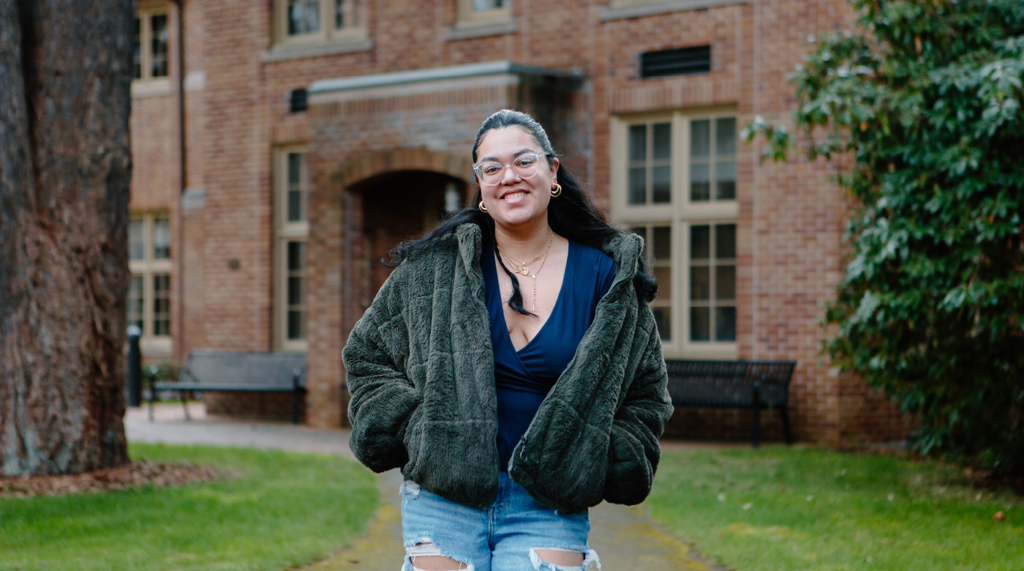
Once a major in communication, Stephanie Aparicio Zambrano ’23 found burgeoning success turning her advice-giving prowess into a future career path. Zambrano found her calling in working with college students as an intern in PLU’s Dean of Students Office. There, she learned the importance of…
everything. Read Previous YouTube Short: The PLU Pantry Read Next What’s in our room? With Christian Cutter ‘24 LATEST POSTS PLU Scores 4.5 out of 5 on Campus Pride Index: What does that mean? November 21, 2024 YouTube Short: A quick campus tour and Lute lingo with Zari Warden November 19, 2024 Major Minute Monday: Global Studies November 18, 2024 You Ask, We Answer: Do you have Marine Biology? November 15, 2024
-

David Yun ’22 has been busy throughout his four years at Pacific Lutheran University. The pre-med student and chemistry major has been an academic standout, serving as a chemistry teaching assistant presenting research at the Murdock Conference and the American Chemical Society convention. He’s held…
Lute lingo with Zari Warden November 19, 2024 Major Minute Monday: Global Studies November 18, 2024 You Ask, We Answer: Do you have Marine Biology? November 15, 2024
-
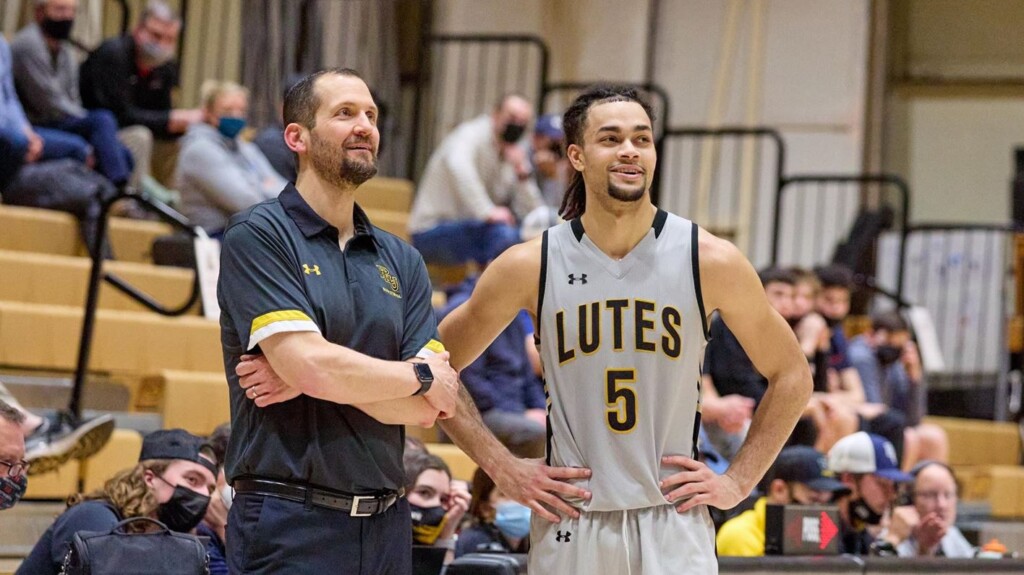
Every game day, usually around lunch time, Jordan Thomas and Chad Murray sit down to have a chat. The Pacific Lutheran University men’s basketball star and the team’s head coach meet in Murray’s office to talk about anything and everything. The meeting can be as…
4.5 out of 5 on Campus Pride Index: What does that mean? November 21, 2024 YouTube Short: A quick campus tour and Lute lingo with Zari Warden November 19, 2024 Major Minute Monday: Global Studies November 18, 2024 You Ask, We Answer: Do you have Marine Biology? November 15, 2024
-
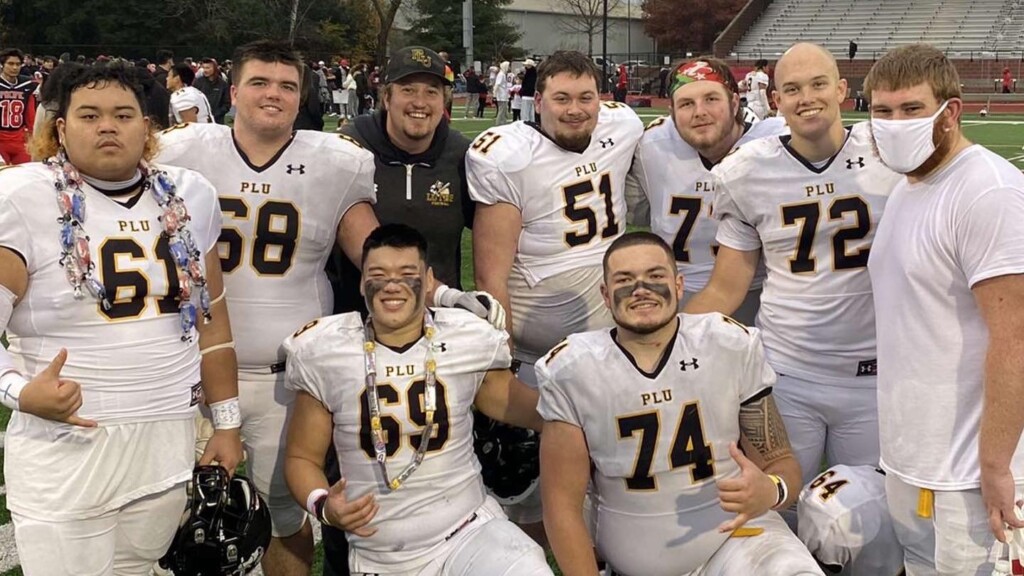
Zach Willis ’19 earned a BA in kinesiology with a concentration in health and fitness promotion and minored in sport and exercise psychology while playing on the football team at Pacific Lutheran University. Last year he returned to the university to serve as the football…
Studies November 18, 2024 You Ask, We Answer: Do you have Marine Biology? November 15, 2024
Do you have any feedback for us? If so, feel free to use our Feedback Form.


